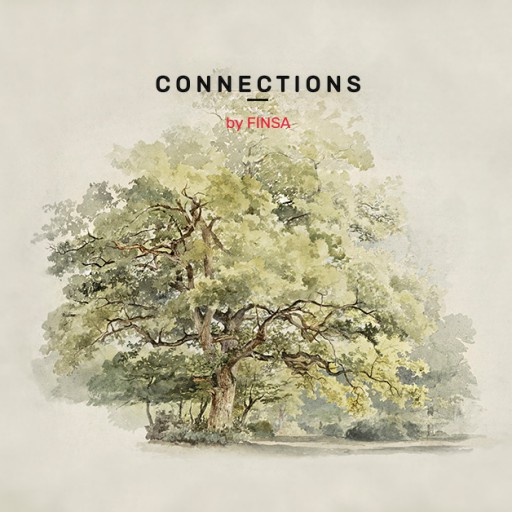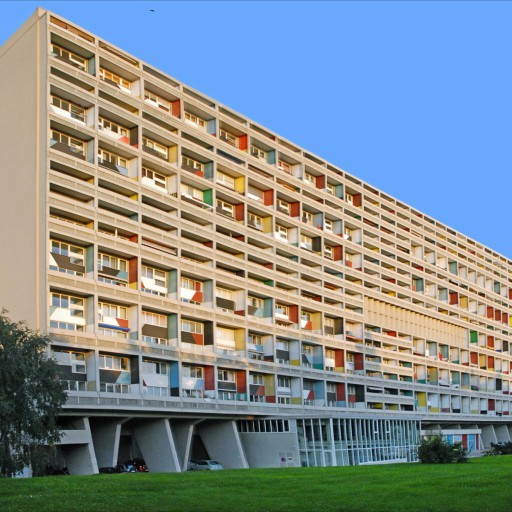Vogue Italia is exploring ways of reducing the carbon footprint produced by fashion photography.
How much does photography for fashion magazines contribute to pollution?
If you have ever asked yourself this question, Vogue Italia has the answer, and the numbers are shocking. One hundred and fifty people worked on the production of the eight fashion features in their September issue. These people took about twenty flights, ten trains, and had forty cars available to them to get from one place to another. Sixty packages were sent internationally, and lights were switched on continuously for at least ten hours, partly powered by gasoline-fuelled generators. Then there was the electricity needed for cameras, phones, and computers. And, of course, there is the plastic that the garments are wrapped in and the catering leftovers that get thrown out.
Switching photography for illustrations
Upon seeing this, the magazine’s editor-in-chief, Emanuele Farneti, decided to do something about it. Vogue’s January edition did not include a single photo, thereby reducing waste and emissions as well as saving energy. In his editor’s letter, Farneti explained that “All of the covers, as well as the features on the following pages, have been conceived by artists who have created without travelling, shipping clothes or polluting in any way. These are fashion stories in the true sense of the term: the artists were assisted by stylists, and they have portrayed the faces of real women. But the challenge was to prove that, as an exception, it is possible to show clothes without photographing them“.
For Farneti, it was simply about intellectual integrity in the global debate regarding sustainability. “In our case, this means admitting that there is a significant environmental impact associated with publishing a fashion magazine. […] Change is difficult, but how can we ask others to change if we are not prepared to call ourselves into question? Vogue Italia’s intention was to send a message to their readers: “creativity – which has been a cornerstone of Vogue for nearly 130 years – can, and must, prompt us to explore different paths”.
https://www.instagram.com/p/B70jLYHIUis/?utm_source=ig_web_copy_link
Biodegradable plastic packaging
It was the first time that the Italian edition of Vogue had an illustrated cover, and it was also the first time that any edition of Vogue has ever been photo-less. To achieve this, the magazine used well-known and emerging artists from the art and comic worlds. The initiative also included a gesture of solidarity: the money that would have been spent on photography sessions was used for the repair of the Querini Stampalia Foundation library. This symbolic gesture was accompanied by another, more specific one related to sustainability: the use of biodegradable plastic for the magazine’s packaging.
The question, however, is clear: can a fashion magazine do without photography? Can fashion, with its ongoing search for novelty and the desire for possession, ever be sustainable?
We’ll leave you with a selection of illustrations by Milo Manara, Vanessa Beecroft, Paolo Ventura, Cassi Namoda, Delphine Desane, David Salle, Yoshitaka Amano, Gigi Cavenago, and Andrea De Dominicis – the artists whose talent allowed Vogue Italia to reduce its carbon footprint.
https://www.instagram.com/p/B62m0a8hx0p/?utm_source=ig_web_copy_link
Vanessa Beecroft
https://www.instagram.com/p/B7bUjfKqT9o/?utm_source=ig_web_copy_link
Paolo Ventura
https://www.instagram.com/p/B61DCs_H1zg/?utm_source=ig_web_copy_link
Cassi Namoda
https://www.instagram.com/p/B60vy8cHGK3/?utm_source=ig_web_copy_link
Delphine Desane
https://www.instagram.com/p/B7IwOqoIkl9/?utm_source=ig_web_copy_link
David Salle
https://www.instagram.com/p/B7BIX5NqiSi/?utm_source=ig_web_copy_link
Yoshitaka Amano
https://www.instagram.com/p/B7GEQTdIE-p/?utm_source=ig_web_copy_link
Gigi Cavenago y Andrea De Dominicis
https://www.instagram.com/p/B7nvd-Loz5p/?utm_source=ig_web_copy_link




